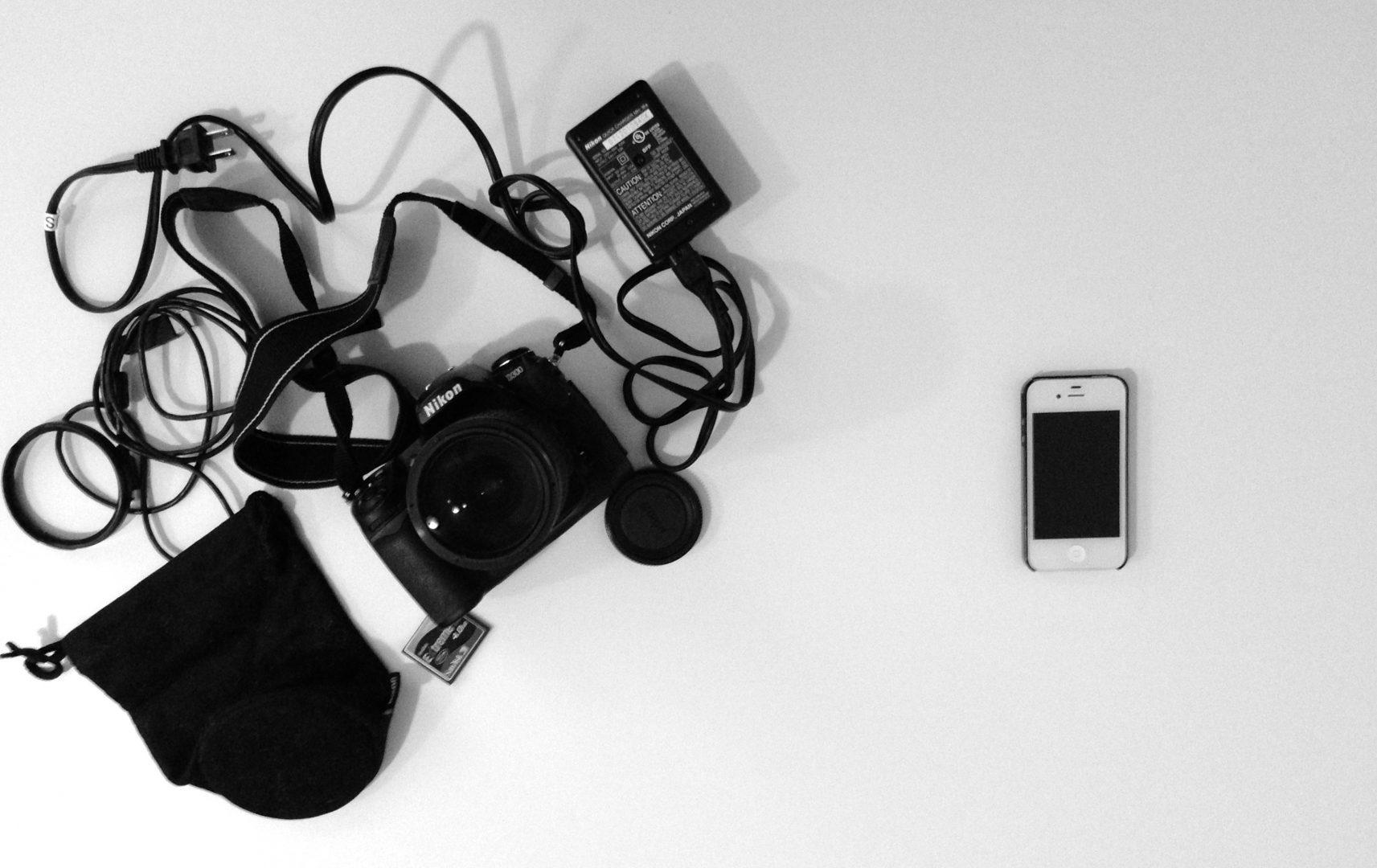iPhone Users Are Not Photojournalists
September 23, 2013

“Yes, intern positions are still available. Please send over your resume.”
For the college student eager to dip his or her toe into the work force, those last five words can be nerve-wracking. As a communication and media studies major, having a resume that shines amongst the rest is vital. Because jobs and internship positions within the media industry are especially scarce and competitive, employers are looking for candidates with some edge. Media studies professors at Fordham stress that simply listing “above-average writing skills” on your resume isn’t going to cut it; employers want multifaceted reporters and journalists. This includes experience in all areas of journalism—writing, reporting, online forums, and photography.
However, the Chicago Sun-Times sent a different message this past June when they decided to cut their entire full-time photojournalism staff, including a Pulitzer Prize winner. This sparked the argument: with a high-quality cell phone camera found in nearly every pocket, do we really need photojournalists? Are photography skills even necessary or relevant?
The answer is a definite “yes.” Despite what editors at the Sun-Times may believe, photojournalism is a crucial part of effective communication. It is irresponsible for a major news outlet to leave the visual side of news in the hands of unskilled, smartphone users. The Sun-Times reasoned “business is changing rapidly,” and audiences are “seeking more video content with their news,” rather than still photography. The paper continued by arguing that “the technological shift has caused more people to rely on their personal computers and mobile devices,” and therefore, the public is fully equipped to submit content. Cameras on the iPhone 5 and Samsung Galaxy S3 are 8 megapixels, and the Nokia Lumia 1020 has a 41 megapixel camera sensor; all three of these popular smartphones have high enough resolutions to be published by print and digital media outlets. In theory, newspapers can efficiently cut costs and make up for the monetary losses from the decline of print media by laying off their photo staffs.
Yet, it’s not exactly that simple. While the paper’s comment regarding the importance of multimedia certainly stands true, just because anyone with a smartphone can submit content to news outlets doesn’t mean that photojournalists are replaceable. The term “photojournalism” is defined as “the art or practice of communicating news by photographs, especially in magazines.” With any art, there is a lot of skill and strategy that goes into capturing an image powerful enough to accompany a story. Some of the most compelling photographs can cover an entire story without any words needed—think of Steve McCurry’s iconic photograph of the green-eyed Afghan girl during the Soviet invasion of Afghanistan or the striking photos taken by Eddie Adams of the Vietnamese refugees. As Jean-François Leroy, founder of the Visa pour l’Image Photojournalism Festival in France, puts it: “If you are a photographer, you rarely make a picture by accident…you worked to get into the position where you could make that picture, you are trying to tell a story. You are a journalist, someone people can trust. The world needs that. I need that.”
After applying for my own fair share of internship positions, I have two media internships under my belt. They are completely different—one involves food writing, the other revolves around fashion—but during the application process, both internships made it clear that they were looking for an intern who had a wide range of skills. My resume boasted proficiency in WordPress, InDesign, Microsoft Office Suite, and—thanks to my photojournalism course at Fordham—photography. Because both internships were social media-based and required a contribution of content for their websites, the final skill listed on my resume carried a great deal of weight. Simply possessing an iPhone wasn’t enough—my internships wanted to hire a person who could appreciate photography settings, filters, angles and lighting.
The fact that we are told that the media industry wants applicants with a variety of skills but then a major news outlet completely dismisses an entire field within journalism is troubling. If a picture truly is worth a thousand words, that responsibility should not lie in the hands of just anyone with an iPhone. We need professional, trustworthy journalists behind the camera.









